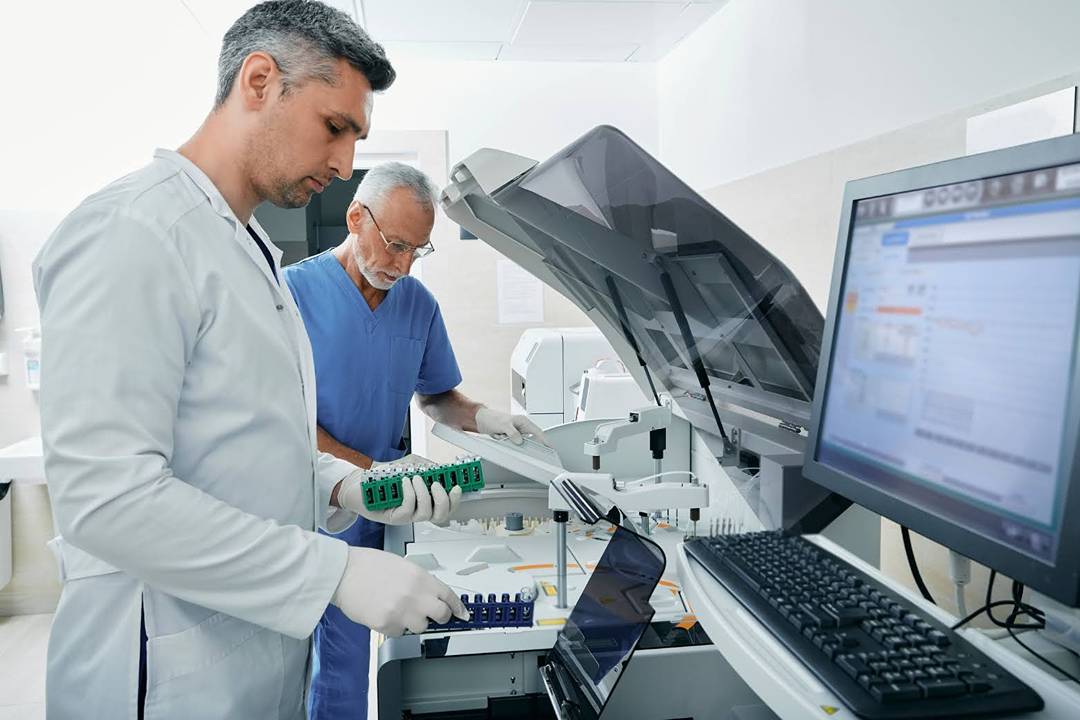
Comprehensive Cell Line Generation Services for Advanced Research Needs
Key Takeaways
-
Cell line generation services help researchers create customized cell models for studying diseases and testing treatments.
-
These services include stable cell line creation, gene editing, and custom solutions to fit unique research needs.
-
They are essential for breakthroughs in areas like cancer research, drug discovery, and vaccine development.
Introduction
Modern research depends heavily on tools and techniques that allow scientists to study biological systems in detail. One of the most important advancements in recent years is the ability to create specialized cell lines through cell line generation services.
These services are widely used in biomedical research to study diseases, test drugs, and develop innovative treatments. By offering custom solutions tailored to specific research goals, they save time and provide reliable models for experiments. Whether it’s testing a new cancer drug or studying the effects of a genetic mutation, cell line generation services are transforming how we understand and treat diseases.
What Are Cell Line Generation Services?
Cell line generation services involve creating living cell models that mimic certain biological traits or conditions. These models are vital for research because they help scientists study how cells behave in a controlled environment.
Key services include:
-
Stable Cell Line Development: This creates cell lines that can grow consistently over time, making them ideal for long-term experiments like drug testing.
-
Gene Editing and Knockouts: Technologies like CRISPR allow researchers to add, remove, or modify specific genes in a cell. This helps scientists study the role of genes in diseases.
-
Customized Cell Lines: Researchers can request cell lines that are tailored to specific needs, such as producing a particular protein or mimicking a certain disease condition.
These services allow researchers to focus on their experiments without worrying about the complex process of creating cell models. A cell line generation service can simplify this process and ensure high-quality results.
Applications of Cell Line Generation in Advanced Research
1. Drug Discovery and Development
Custom cell lines are critical in drug research because they provide a reliable way to test how potential medicines interact with human cells. Researchers use these cell lines to screen thousands of drug compounds to identify the most promising ones. This speeds up the development of new treatments and ensures that only safe and effective drugs move forward in the process.
2. Cancer Research
In cancer studies, cell lines are used to model tumor growth and test how cancer cells respond to different treatments. This helps researchers understand why some treatments work for certain patients and not for others. By using cell line generation services, scientists can create models that mimic specific types of cancers, paving the way for more personalized and effective therapies.
3. Vaccine Development
Cell lines play a major role in creating and testing vaccines. They are used to grow viruses, study how the immune system responds, and ensure vaccines are safe before being approved for use. For example, during the COVID-19 pandemic, stable cell lines were critical for developing and producing vaccines quickly.
4. Gene Therapy and Regenerative Medicine
Gene-edited cell lines allow researchers to test new treatments for genetic disorders. These cell lines are also used to explore ways to repair or replace damaged tissues, offering hope for patients with conditions like Parkinson’s disease or spinal cord injuries.
Advantages of Comprehensive Cell Line Generation Services
1. Customization and Scalability
Each research project is unique, so having the ability to create custom cell lines is incredibly valuable. Whether researchers need cells that express a specific protein or models that mimic a rare disease, these services can deliver precise solutions. Additionally, the scalability of these services ensures that large quantities of cell lines can be produced when needed.
2. Time and Cost Efficiency
Building a cell line from scratch is time-consuming and expensive. By outsourcing this task to a specialized provider, researchers save time and resources. This allows them to focus on experiments and make faster progress in their studies.
3. Expertise and Quality Assurance
Cell line generation providers have specialized knowledge and follow strict quality control processes. This ensures that the cell lines they produce are reliable, consistent, and suitable for advanced research. Partnering with a trusted cell line generation service means researchers can depend on high-quality models for their experiments.
How to Choose the Right Provider
Selecting a cell line generation provider is a crucial step for any research project. Here are some things to consider:
-
Experience and Technology: Do they offer modern techniques like CRISPR and stable cell line development?
-
Customization Options: Can they tailor the cell lines to meet your research goals?
-
Proven Results: Do they have a history of successfully delivering reliable cell lines?
-
Support and Collaboration: Will they guide you through the process and offer ongoing support?
Future of Cell Line Generation Services
The future of cell line generation is bright, with new technologies making the process faster and more accurate. Advances like automation, AI-driven analysis, and high-throughput screening are improving the way cell lines are developed and used in research. These innovations will allow scientists to tackle more complex health problems and bring new treatments to patients sooner.

Conclusion
Comprehensive cell line generation services are revolutionizing biomedical research by equipping scientists with the tools and expertise needed to tackle complex health challenges. From studying diseases to developing life-saving therapies and discovering new drugs, these services play a vital role in advancing medical progress. Partnering with trusted providers, researchers can focus on meaningful discoveries that improve human health while saving time and resources. At its core, this work is about hope—bringing us closer to a future where diseases are better understood, treatments are more effective, and lives are saved.

Comments (0)